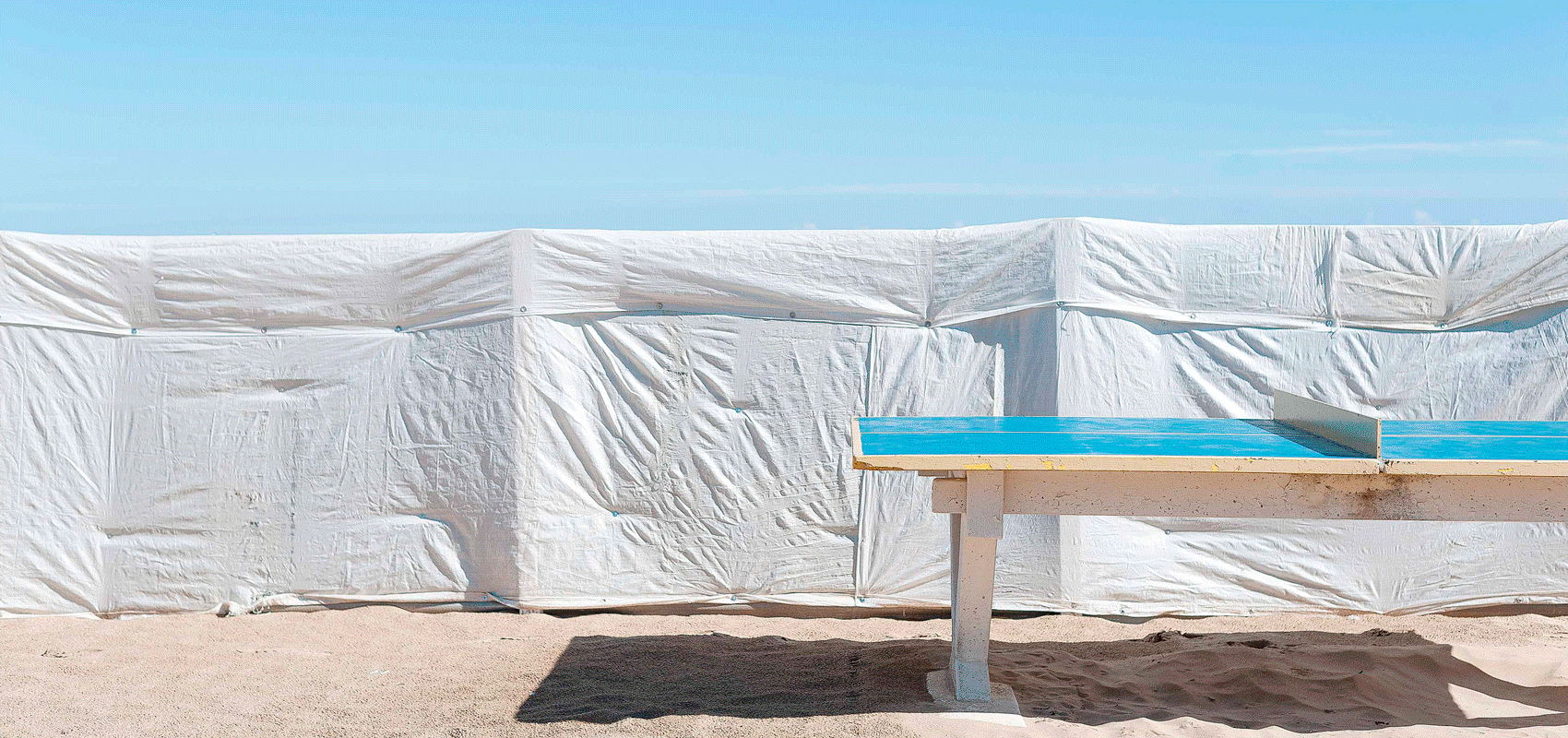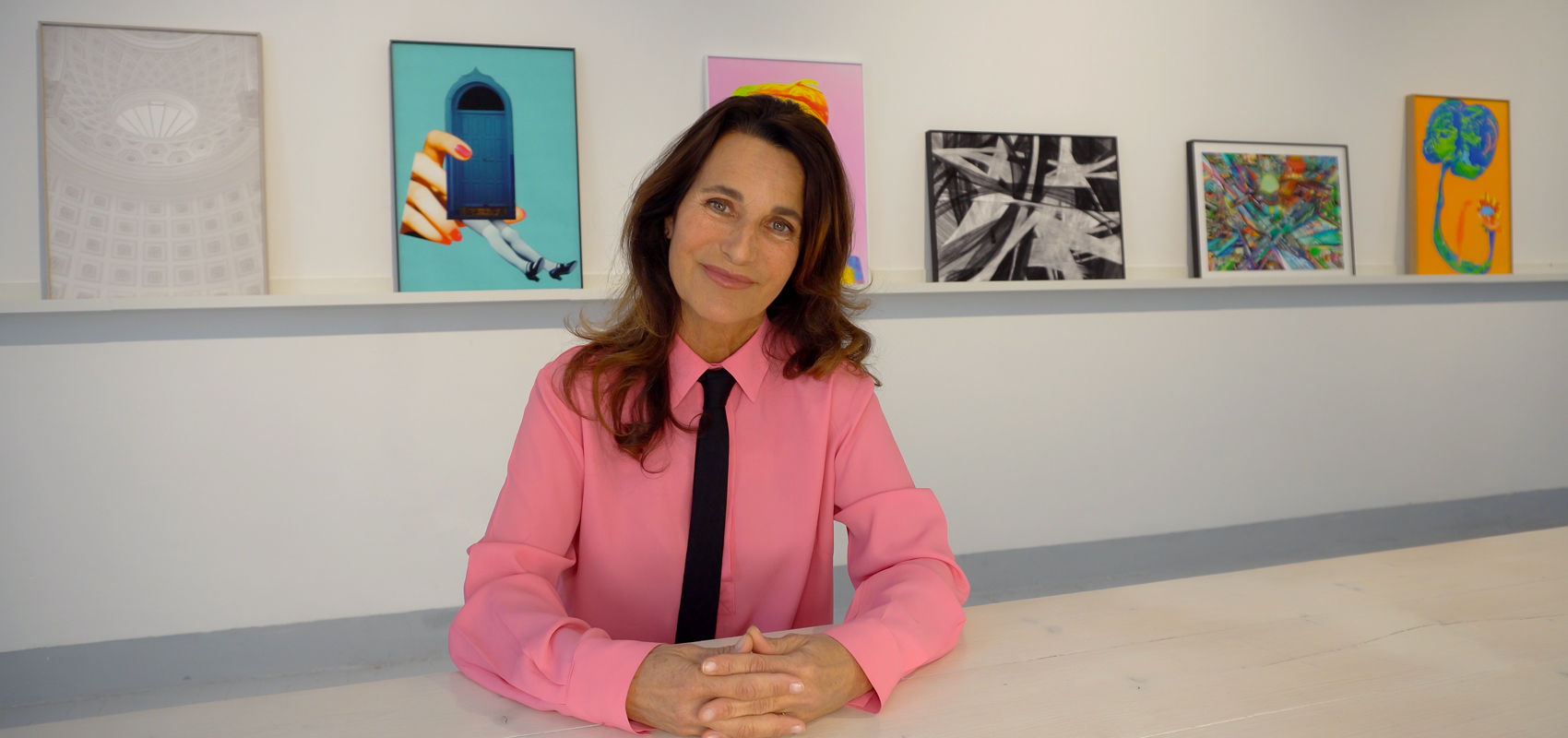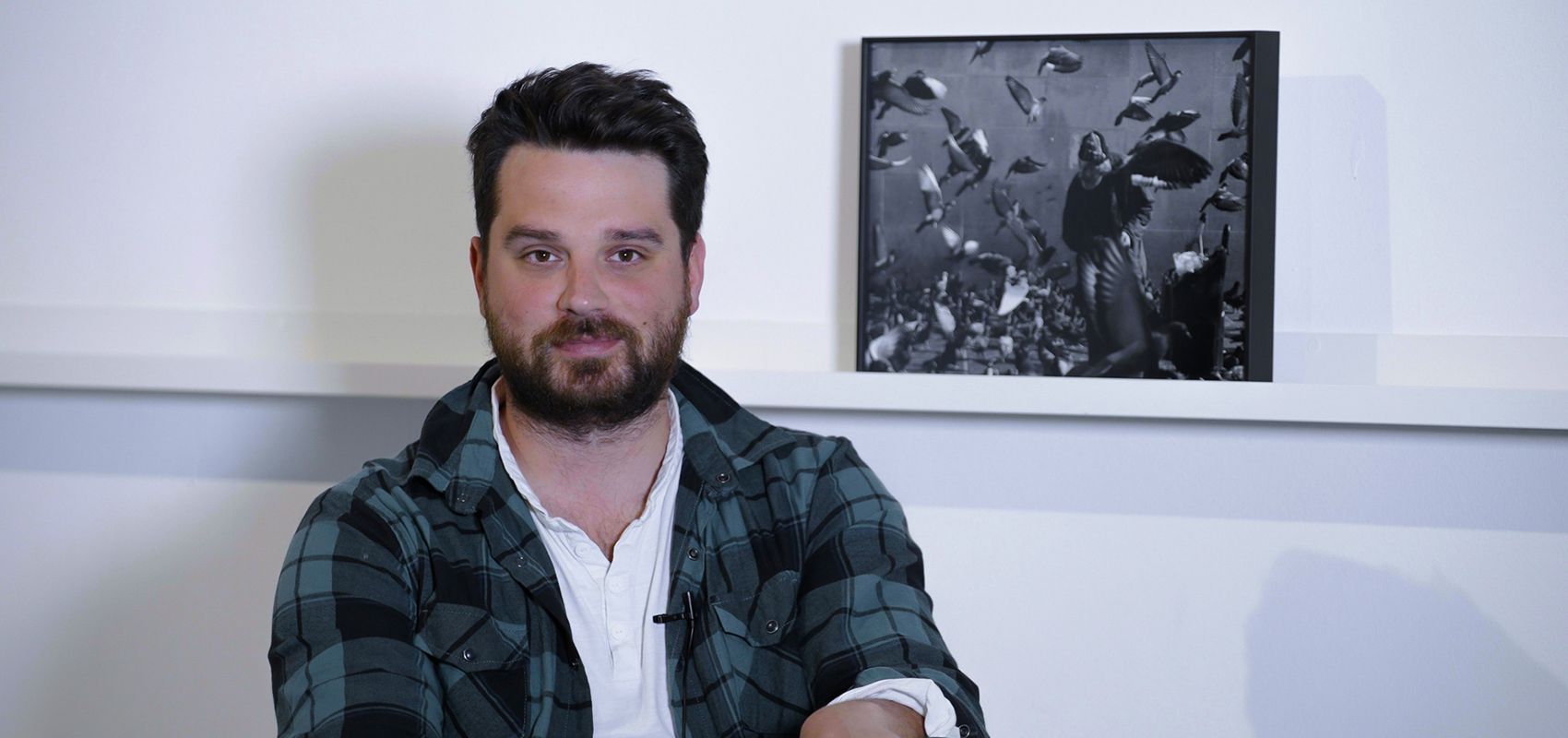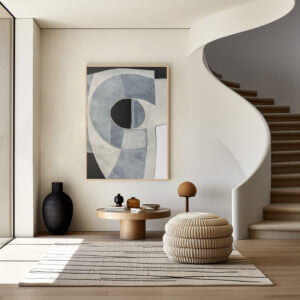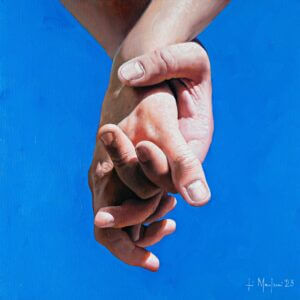Ironic, disorienting, light but not fatuous, Paolo Tamburini’s photographs are born of thought and skill and draw overlapping realities. Limpid layers of luminous revelations.
How did you get into photography?
Photography was my second great artistic passion. I am the son of a singer and I studied cello as a child, but could not graduate from the conservatory due to tendinitis. My first memories of photography date back to my childhood: my father (who was an enthusiast) ‘forced’ me and my sisters to look at slides of our family trips. Around the age of 16, I started to explore this world with a friend. I would secretly take my father’s Canon 35 mm, of which he was very jealous, and go with my friend to take photos in the countryside and abandoned colonies. The leap to digital took place in my university days. Parallel to my studies in literature, I attended photography courses, including darkroom courses, and seminars with professionals in the field. It was at that time that they started asking me for commissioned photographs.
After graduation I started teaching, but during the pandemic I abandoned this career and devoted myself entirely to photography. I now work with a communications agency specialising in interior design.
What are you working on at the moment?
For my latest work, I let myself be guided by the call of the night atmospheres. The project, which I initially called ‘Magic Nights’, is an exploration of the lights that populate the night in my city: urban shots, views, corners of residential areas. Then a second urgency emerged: I wanted to try to represent my city and its surroundings as a colony on a distant abandoned planet. This is how ‘Planet Rimini’ was born, in which I imagine a father and daughter wandering through alien environments and scenarios.
So you don’t just photograph reality, you transform it.
In a way, yes. I like this approach to photography: I see it as training to constantly renew my way of looking. Life does not end with what we see, but there is so much we cannot perceive. The arts, such as photography, are sometimes able to reveal this ‘other’ that is there but not noticed at first sight. For example, in the summer of 2021, I worked on a series of photos I called ‘Aestatica’, featuring inflatable mats in the shape of animals or fruit, in ‘realistic’ settings. It was a hymn to the imagination and the gaze of children, who see those objects as copies of reality and at the same time as real.
There is clearly an ironic vein in you.
Yes, it is a choice. In contemporary photography we see so much unease, so much fatigue, so much loneliness and narcissism. It is our reality and it is right to represent and interpret it artistically. I try not to ‘wallow’ in discomfort; I try to emphasise the positive that I see, I would like not to provide further sounding boards for discomfort.
You are also a musician. Do you see links between music and photography?
Yes, many. In particular, there is a common word: composition. I find it a nice bridge between these two forms of artistic expression. You create a composition from something you have in mind (what in music is the theme), then you make arrangements by bringing in your own culture, your conscious or unconscious references. Preparing a set, especially for still life, is a similar operation to the musical arrangements that go into making up the whole. But then there are more ‘risky’ situations, as in reportage, where you have to pull out the composition instantly: you all become a bit like jazz musicians improvising melodies on the spot.
What do you think of Cinquerosso Arte?
I was very impressed by Francesca Fazioli’s desire to start with the good relations between us. I have had the opportunity to get to know all the members of the group, on several occasions, and you can clearly see that Francesca cares about building a team, that we are good together. I was happy to meet other artists, with whom a friendly relationship has begun. Cinquerosso Arte has already given me so much.
